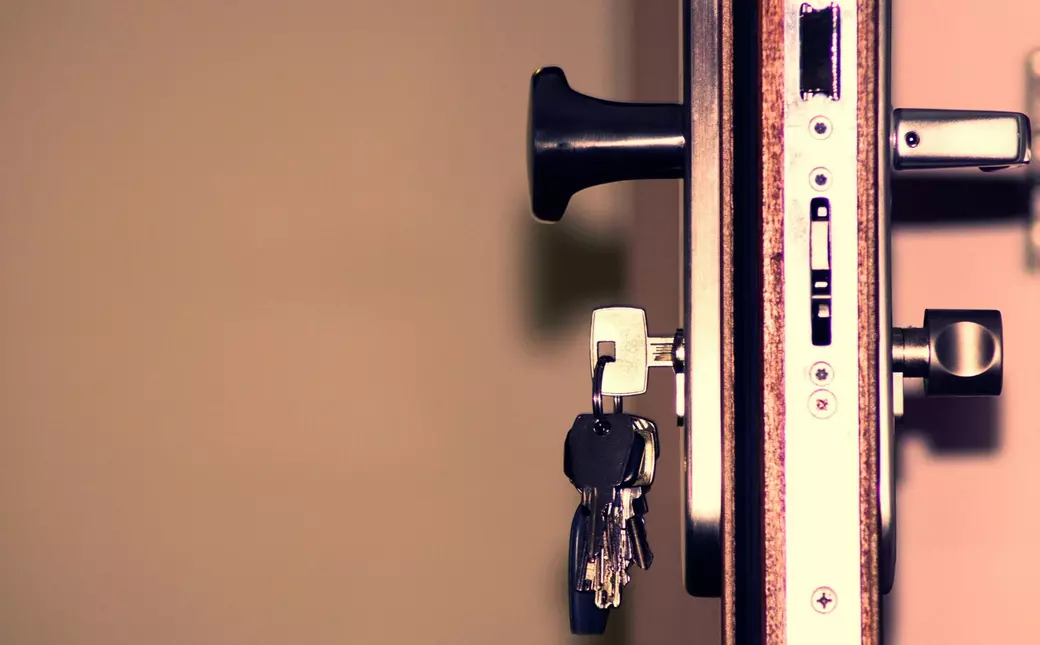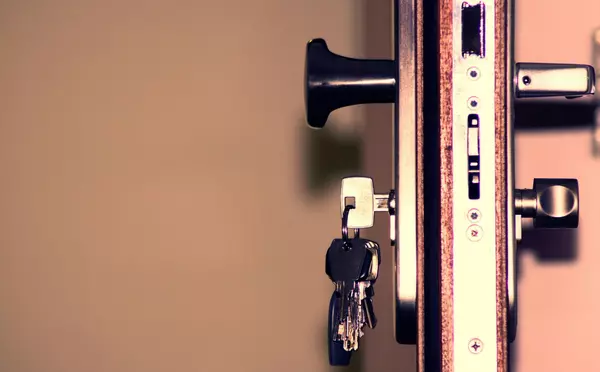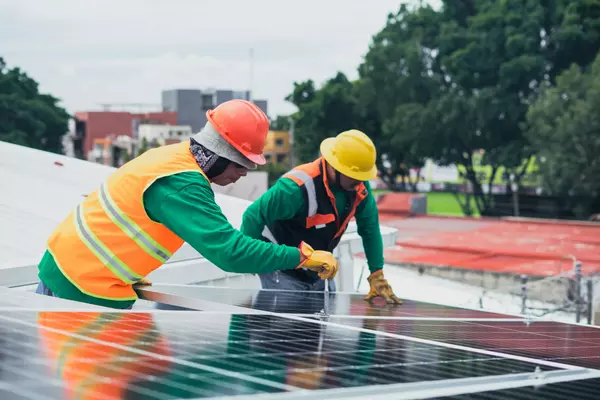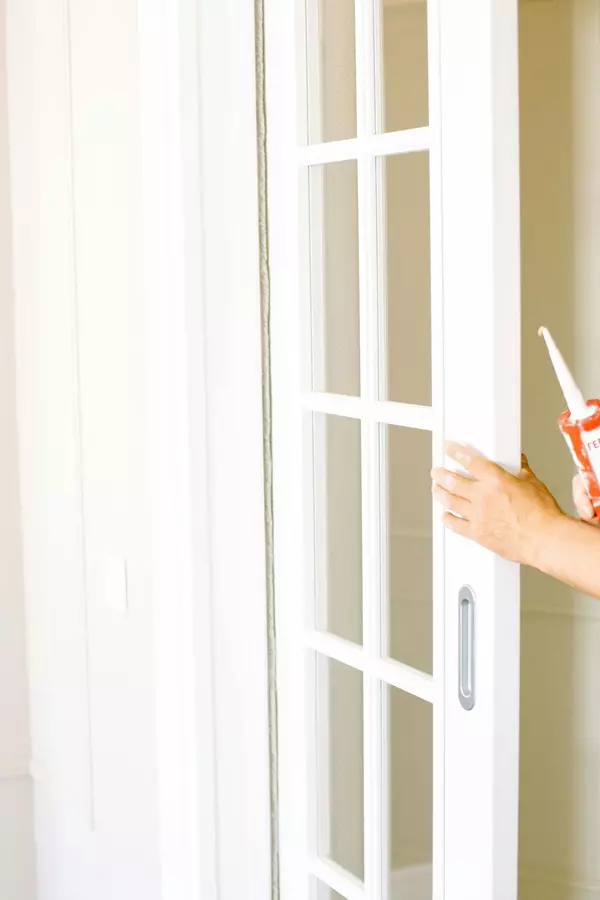Safety First: Reviewing and Updating Home Security and Emergency Plans

Your home is your sanctuary—a place where you and your family should always feel safe and secure. But how often do you review your home’s security measures and emergency preparedness plans? Life changes, new threats emerge, and technology evolves, making it essential to routinely check and update your systems to keep your home protected.
In this blog, we’ll walk you through how to evaluate and improve your home’s security and emergency preparedness. With a few simple updates, you can ensure that your family stays safe and your home remains a secure haven throughout the year.
Making Your Home Your Sanctuary
- Evaluate Your Home Security System
If you have a home security system, start by evaluating how effective it currently is. Technology has advanced rapidly in recent years, and newer systems offer better protection and features than older models. Here’s what you should consider when reviewing your security system:
- Age of the System: If your security system is more than a few years old, it may be time for an upgrade. Newer systems offer smart technology, better integration, and advanced features like motion detection, doorbell cameras, and mobile alerts.
- Check the Sensors: Make sure all window and door sensors are functioning properly. Test each one to ensure that they trigger an alarm when the door or window is opened.
- Smart Technology Integration: Consider upgrading to a smart home security system that allows you to monitor and control your home remotely. You can receive alerts on your smartphone, lock and unlock doors, and even view live camera feeds from wherever you are.
Pro Tip: If you’re unsure whether your current system is up to date, contact your security provider for a review. If you're looking to upgrade or install a new system, I can recommend trusted vendors who specialize in home security. - Update and Upgrade Locks
Your door locks are the first line of defense against intruders. Regularly check the condition of your locks to make sure they’re still functioning properly. Consider these upgrades:
- Smart Locks: With smart locks, you can lock and unlock doors remotely via your phone, assign temporary access codes for guests, and track who enters your home. This technology provides more convenience and peace of mind than traditional locks.
- Deadbolts: If you don’t already have deadbolts on your exterior doors, install them. Deadbolts provide a higher level of security than standard locks and can make your home much harder to break into.
Pro Tip: If you’ve recently moved into a new home or if keys have been lost or stolen, it's a good idea to change all locks to ensure no one else has access. - Install or Update Outdoor Lighting
Outdoor lighting is one of the most effective deterrents for potential burglars. A well-lit exterior reduces hiding spots and gives the impression that someone is always home. If you don’t have outdoor lighting, or if your current setup is minimal, consider the following:
- Motion-Activated Lights: Install motion-sensing lights around key areas like doorways, the driveway, and pathways. These lights activate when motion is detected, surprising intruders and alerting you to their presence.
Solar Lights: Solar-powered outdoor lights are eco-friendly and require little maintenance. Use them to line walkways, illuminate dark corners of your yard, or highlight entry points.
Pro Tip: Strategically place lights near windows and doors. Not only does this enhance security, but it also improves the aesthetic appeal of your home. - Review Your Home’s Surveillance Cameras
If you have outdoor surveillance cameras, check their functionality and positioning. Cameras should cover key areas such as the front door, driveway, and back entrances. If you don’t have cameras installed, consider adding them for extra peace of mind.
Doorbell Cameras: Doorbell cameras are a popular and effective security tool that allows you to see and speak to anyone at your door, even when you’re not home.
- High-Resolution Cameras: Upgrade to cameras that offer HD resolution to ensure that you get a clear picture of anyone near your home.
Pro Tip: Many smart home systems integrate security cameras with your phone, allowing you to check live feeds and receive alerts when motion is detected. - Update Your Emergency Preparedness Plan
Having a well-thought-out emergency plan is just as important as a solid security system. From natural disasters to house fires, your family should know exactly what to do in an emergency. Here's how to update your emergency plan:
- Create a Family Escape Plan: In the event of a fire or other emergency, every family member should know the quickest way out of the house. Designate multiple escape routes and a safe meeting point outside of the home.
- Stock Up on Emergency Supplies: Ensure you have an emergency kit that includes basic first aid, water, non-perishable food, flashlights, batteries, blankets, and essential medications. If possible, keep at least three days' worth of supplies on hand.
- Check Fire and Carbon Monoxide Detectors: Test your smoke and carbon monoxide detectors to ensure they’re functioning correctly. Replace batteries every six months and consider upgrading to smart detectors that send alerts to your phone.
Pro Tip: Practice your escape plan with your family at least twice a year. In a high-stress situation, familiarity with the plan will help everyone stay calm and act quickly. - Secure Your Wi-Fi Network
With more smart devices connected to your home network, securing your Wi-Fi is an important part of your home’s security plan. Protect your home network by:
- Changing Default Settings: Update the default username and password on your router to something secure and unique.
- Enable Encryption: Make sure your network is encrypted with WPA2 or WPA3 encryption to prevent unauthorized access.
- Use a Strong Password: Choose a complex password for your network and change it regularly to reduce the risk of hacking.
Pro Tip: If you’re using smart devices, ensure that each one is connected to a secure network, and regularly update the firmware to protect against vulnerabilities. - Review Your Homeowner’s Insurance
The start of a new year is a great time to review your homeowner’s insurance policy to ensure it covers potential security risks. Make sure your policy includes coverage for theft, natural disasters, and any other emergencies that may be relevant to your area. Updating your home security system may also lower your premiums, so check with your provider to see if you qualify for any discounts.
Pro Tip: If you’re making significant upgrades to your home security, such as installing a new alarm system or surveillance cameras, notify your insurance company to see if you qualify for lower rates.
Your Home, Your Safe Haven
By taking the time to review and update your home security system and emergency preparedness plan, you’re investing in the safety and well-being of your family. The peace of mind that comes with knowing your home is protected is priceless.
Need help upgrading your security system or creating an emergency plan? I can connect you with trusted vendors who specialize in home security and emergency preparedness. Reach out to me at barkley@realgratitude.homes, and I’ll help you take the next steps toward making your home safer.
REALgratitude: Protecting What Matters Most
At REALgratitude, we believe that home security is about more than just protecting your property—it’s about ensuring the safety and comfort of your family. Contact us today for expert advice and vendor recommendations, and let’s make your home the safest place it can be.
Categories
- All Blogs (42)
- Affordable Housing (1)
- Agent Advice (2)
- Agent Strategies (2)
- Arizona Homeowner Tips (1)
- Budgeting for Renovations (1)
- Budgeting Tips (1)
- Business Partnerships (1)
- Buyer Negotiation Strategies (1)
- Call to Action (1)
- Campaigns (3)
- Client-Driven Initiatives (1)
- Climate Resilience (1)
- Commission Structures (3)
- Commission Transparency (1)
- Community Development (4)
- Community Engagement (2)
- Community Impact (2)
- Community Partnerships (1)
- Community Support (2)
- Cost Saving Tips (1)
- Curb Appeal Enhancements (1)
- Decluttering Tips (1)
- Desert Landscaping (1)
- Disaster Recovery (1)
- Disaster Relief and Recovery (1)
- Donation & Charity Resources (1)
- Eco-Friendly Communities (1)
- Economic Growth (1)
- Economic Resilience (1)
- Emergency Preparedness (2)
- Energy Efficiency (3)
- Energy-Efficient Upgrades (1)
- Environmental Impact (1)
- Expert Advice (3)
- Family Safety (1)
- FEMA and Government Assistance (1)
- Financial Planning (2)
- Financial Preparedness (1)
- Financing (1)
- Fire & Safety Plans (1)
- First Time Home Buyers (1)
- Getting Involved (1)
- Global Vision (1)
- Gratitude in Hardship (1)
- Green Building Projects (1)
- Green Building Solutions (1)
- Healthy Living Spaces (1)
- Home Additions & Expansions (1)
- Home Buying (3)
- Home Buying & Selling (2)
- Home Buying Tips (3)
- Home Care Essentials (1)
- Home Improvement (8)
- Home Improvement Tips (2)
- Home Maintenance (5)
- Home Organization (1)
- Home Security (1)
- Home Selling (3)
- Home Selling Tips (3)
- Homeowner Resources (2)
- Homeowner Safety Tips (1)
- Homeowner Tips (6)
- Homeownership & Downsizing (1)
- Homeownership Advice (2)
- Increasing Home Value (1)
- Industry Insights (1)
- Innovative Business Practices (1)
- Insurance Tips (1)
- Irrigation & Watering Solutions (1)
- Kitchen & Bathroom Remodels (1)
- Landscaping Tips (1)
- Local Business Spotlight (1)
- Local Business Support (1)
- Local Economy (2)
- Market Adaption (1)
- Market Impact (1)
- Market Impact Analysis (1)
- Marketing (2)
- Minimalism and Simplification (1)
- Mortgages (1)
- NAR Commission Rules (2)
- NAR Regulations (3)
- New Year Goals (1)
- New Year Home Checklist (1)
- New Year Home Refresh (1)
- Organizing and Decluttering (2)
- Outdoor Maintenance (1)
- Pacific Palisades (1)
- Partnership Opportunities (1)
- Personal Finance (1)
- Personal Journey (1)
- Professional Development (1)
- Property Upkeep (1)
- Real Estate & Community Impact (1)
- Real Estate & Economic Growth (1)
- Real Estate & Society (1)
- Real Estate & Sustainability (1)
- Real Estate Advice (5)
- Real Estate Advocacy (1)
- Real Estate Agents (2)
- Real Estate Commissions (1)
- Real Estate Industry Changes (1)
- Real Estate Industry Trends (2)
- Real Estate Insights (1)
- Real Estate Investment (1)
- Real Estate Market Changes (2)
- Real Estate Market Trends (1)
- Real Estate Regulations (3)
- Real Estate Strategy (2)
- Real Estate Tips (2)
- Real Estate Transactions (2)
- Real Estate Trends (2)
- Real Estate with Purpose (1)
- Realgratitude in Action (1)
- REALgratitude Initiatives (1)
- REALgratitude's Story (1)
- Rebuilding After Loss (1)
- Safety and Security (1)
- Safety Upgrades (1)
- Seasonal Home Care (4)
- Seller Advice (2)
- Selling Off-Market (1)
- Small Business Support (2)
- Smart Home Technology (1)
- Social Impact (1)
- Social Impact & Giving Back (1)
- Social Responsibility (1)
- Specials (1)
- Spring Home Improvement (1)
- Sustainability (1)
- Sustainability in Real Estate (2)
- Sustainable Community Outreach (1)
- Sustainable Living (2)
- Sustainable Neighborhoods (1)
- The Power of Generosity (1)
- Vendor Recommendations (1)
- Veterans (2)
- Working with Real Estate Agents (2)
- Yard & Garden Prep (1)
Recent Posts










GET MORE INFORMATION
Founder of REALgratitude™ | DRE# SA695240000 | DRE# 02100184

